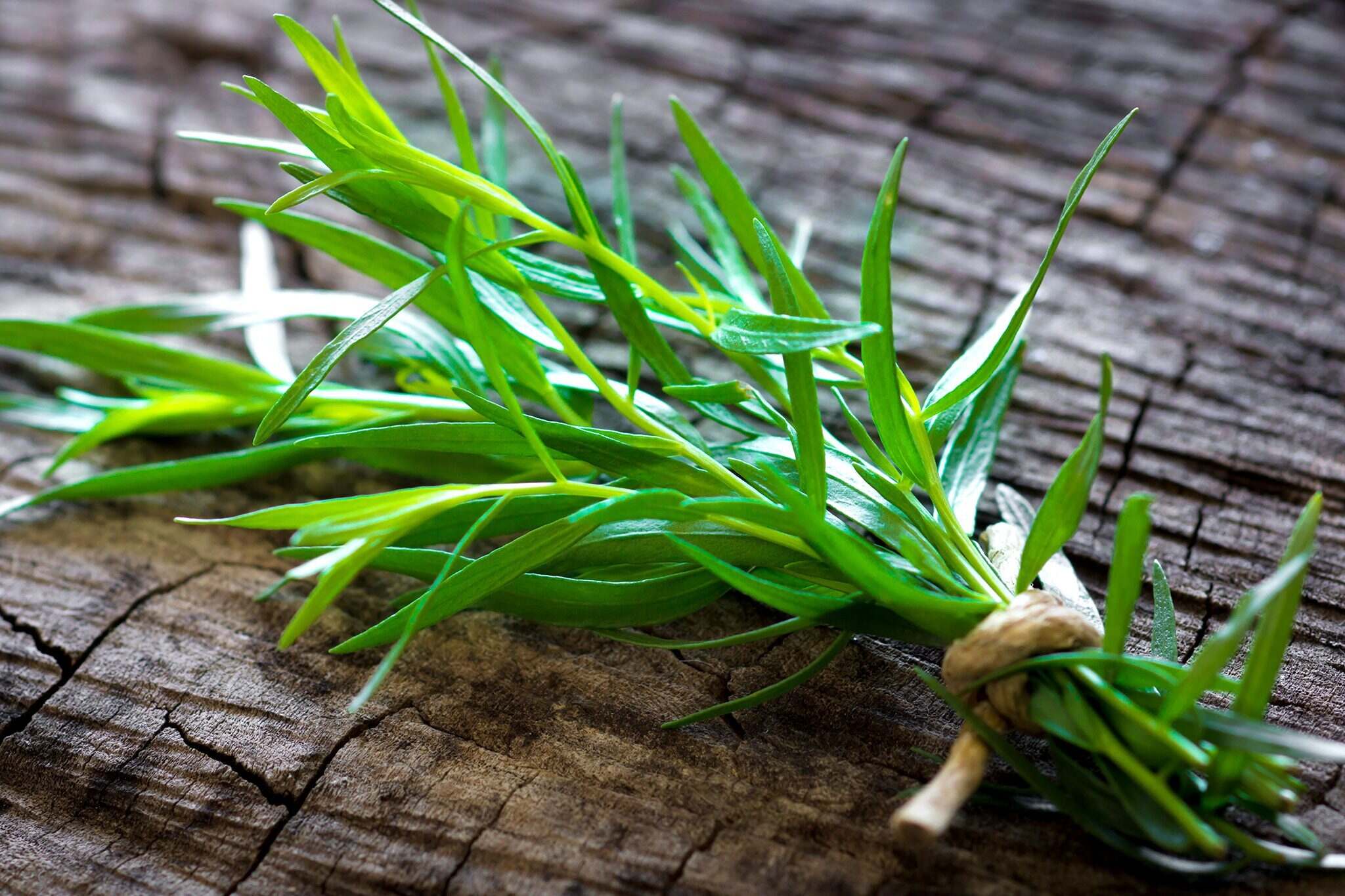
Tarragon is a unique herb that often flies under the radar, but it packs a punch in the culinary world. Ever wondered what makes this herb so special? Tarragon is known for its slightly sweet, anise-like flavor, making it a favorite in French cuisine. But there's more to tarragon than just its taste. Did you know it has been used for centuries not only in cooking but also for medicinal purposes? From aiding digestion to being a natural sleep aid, tarragon offers a variety of benefits. Whether you're a seasoned chef or just starting your culinary journey, learning about tarragon can add a new dimension to your dishes. Ready to spice up your knowledge? Let's dive into 25 fascinating facts about this versatile herb!
Key Takeaways:
- Tarragon, a versatile herb with a rich history, is popular in French cuisine and has medicinal properties. It's easy to grow and has interesting cultural significance.
- Tarragon's unique flavor enhances dishes, while its antioxidants and medicinal properties offer health benefits. It's a fun herb with a fascinating history.
What is Tarragon?
Tarragon, also known as Artemisia dracunculus, is a perennial herb known for its aromatic leaves and unique flavor. It's widely used in culinary dishes and has a rich history in traditional medicine. Let's dive into some fascinating facts about this versatile herb.
- Tarragon belongs to the sunflower family, Asteraceae.
- There are three main varieties: French, Russian, and wild tarragon.
- French tarragon is the most popular for culinary use due to its superior flavor.
- Russian tarragon has a coarser texture and a more bitter taste.
- Wild tarragon is less commonly used but can be found in some regions.
Culinary Uses of Tarragon
Tarragon's unique flavor makes it a favorite in many kitchens around the world. Its slightly sweet, anise-like taste can enhance a variety of dishes.
- Tarragon is a key ingredient in the classic French sauce, Béarnaise.
- It pairs well with chicken, fish, and egg dishes.
- Tarragon vinegar is made by infusing vinegar with fresh tarragon leaves.
- It's often used in salad dressings and marinades.
- Tarragon can be used fresh or dried, though fresh leaves have a more potent flavor.
Health Benefits of Tarragon
Beyond its culinary uses, tarragon has been valued for its medicinal properties for centuries. It contains several compounds that may benefit health.
- Tarragon is rich in antioxidants, which help protect cells from damage.
- It has been used traditionally to stimulate appetite and alleviate digestive issues.
- Tarragon contains eugenol, which has mild anesthetic and antiseptic properties.
- It may help regulate blood sugar levels.
- Tarragon has been used to relieve toothaches and as a mouthwash.
Growing Tarragon
Growing tarragon can be a rewarding experience for gardeners. It’s relatively easy to cultivate and can thrive in various conditions.
- Tarragon prefers well-drained soil and full sun.
- French tarragon is typically propagated through cuttings, as it rarely produces viable seeds.
- Russian tarragon can be grown from seeds and is more tolerant of cold weather.
- Tarragon plants can reach up to 3 feet in height.
- Regular pruning encourages bushier growth and prevents the plant from becoming too woody.
Fun Facts About Tarragon
Tarragon has some interesting trivia that might surprise you. These fun facts highlight its unique characteristics and cultural significance.
- The name "tarragon" is derived from the Latin word "dracunculus," meaning "little dragon."
- In medieval times, tarragon was believed to ward off dragons and serpents.
- Tarragon is one of the four fines herbes of French cuisine, along with parsley, chives, and chervil.
- It was introduced to Europe by the Mongols in the 13th century.
- Tarragon was used by ancient Greeks and Romans as a remedy for snake bites and venomous stings.
Tarragon: A Flavorful Herb with a Rich History
Tarragon isn't just a kitchen staple; it's a herb with a fascinating past and numerous benefits. From its medicinal uses in ancient times to its role in modern cuisine, tarragon has proven its versatility. Whether you're using it to enhance your dishes or exploring its health benefits, this herb offers something for everyone. Its unique flavor can transform a simple meal into a gourmet experience. Plus, knowing a bit about its history and uses can make you appreciate it even more. So next time you're cooking, consider adding a touch of tarragon. You'll not only boost the flavor but also connect with a rich tradition that spans centuries. Happy cooking!
Frequently Asked Questions
Was this page helpful?
Our commitment to delivering trustworthy and engaging content is at the heart of what we do. Each fact on our site is contributed by real users like you, bringing a wealth of diverse insights and information. To ensure the highest standards of accuracy and reliability, our dedicated editors meticulously review each submission. This process guarantees that the facts we share are not only fascinating but also credible. Trust in our commitment to quality and authenticity as you explore and learn with us.
